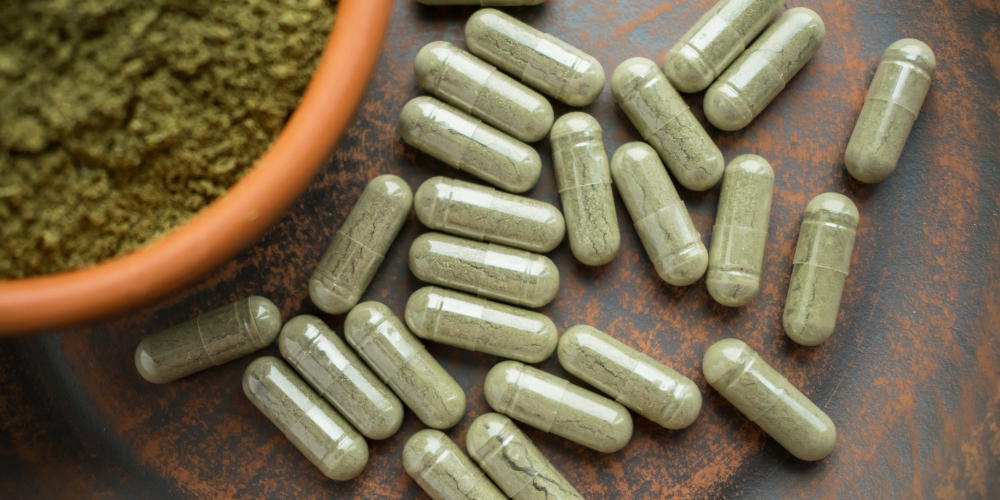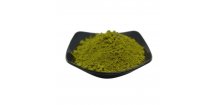Kratom is a plant that has been used for centuries in Southeast Asia, where it grows naturally. The leaves of the kratom tree are dried and ground into a powder that can then be mixed with water or tea to create a drink. Kratom was traditionally used as a stimulant and painkiller, but it also has other uses such as treating Attention Deficit Hyperactivity Disorder (ADHD), anxiety, depression, and insomnia.

What is kratom?
Kratom is a plant native to Southeast Asia. It was used there for hundreds of years as both a pain reliever and an energy booster. You can buy kratom in powder or capsule form, or you can make your tinctures with crushed leaves. The leaves grow in clusters on the tree's branches and are about 45 centimeters long and 25 centimeters wide. They have white veins running through them and are usually dark green, although they can also be red or yellowish-brown. The leaf's surface feels smooth to the touch but has small hairs on its underside; these aren't poisonous, but they may irritate if you have sensitive skin! Kratom’s aroma is sharp with hints of citrus; when you chew it up (which is how most people use it in Southeast Asia), it will taste bitter at first but then become sweet at the end of each bite. Some people combine their kratom with tea before swallowing their dose; this makes their stomachs less likely to reject the alkaloid chemicals found within these leaves!
When buying fresh kratom powder from an online vendor such as ours here at Kratomit.eu, know that we only source our supply directly from growers who care deeply about sustainability practices like reforestation efforts or using less water than traditional farming techniques require so as not deplete local rivers/streams while harvesting crops during drought season.
How it's used?
Kratom is available in several forms, including kratom capsules, teas, powders, and tinctures. Extracts which are a more concentrated version of the herb also exist. Most people use kratom as a tea or powder. To make tea with fresh leaves, add one tablespoon per cup of boiling water and steep for 15 minutes before straining out the leaves. When making your capsules with dried powder, fill each capsule with about 2 grams (g) of kratom and then swallow all together at once or spread out over several hours for lower doses (1-2 g per capsule). You can also mix powdered extract into beverages such as juice or smoothies; however, it's important to note that extracts are much more potent than dry leaf material so should be used sparingly until you know how much works best for you!
History of use
Kratom is a plant that has been used for centuries in Southeast Asia, primarily as a painkiller and muscle relaxant. The leaves of the kratom tree are effective at relieving pain and reducing inflammation, making them ideal for treating conditions such as arthritis or fibromyalgia. They can also be used to treat diarrhea, though there are stronger medications for this purpose that are generally easier to administer than kratom tea (though these drugs may have more severe side effects). Despite its popularity among those who live in Thailand and other places where native people consume the herb regularly, there has been little scientific research on its potential benefits or side effects until recently. Nowadays however when you search online you'll find many anecdotal accounts from people who claim they've used kratom successfully not only in fighting off addiction but also getting over their depression symptoms completely!
Legal status
Kratom is currently legal in the U.S., but its status varies by state. Thirty-five states have banned kratom, while nine have all but banned it. The remaining 16 states are divided on whether or not they’ve outlawed it or not. Unlike most drugs, kratom is legal in most countries around the world. It's illegal only in a few countries like Vietnam and Malaysia which aren't exactly known for their progressive drug policies and in some parts of Australia and Europe (France, Poland, Italy, etc.). In other places where it is banned, there's usually an exception made for possession of small amounts for personal use; this includes Indonesia, Myanmar/Burma, and New Zealand.
Reported effects
The effects of kratom are highly variable, with some users experiencing mild psychoactive effects while others report having no effect at all.
The most commonly reported effects are:
- Euphoria
- Relaxation
- Energy boost (often can be used as a substitute for caffeine)
- Pain relief
Are you interested in this miracle plant? You can try it on Kratomit.eu where we have several varieties!
Adela, Kratomit









